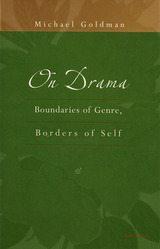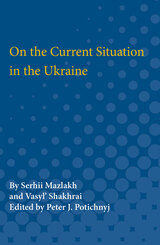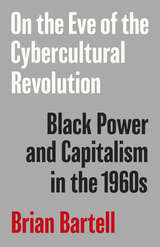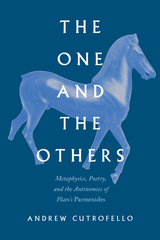3 books about Song, Mingwei
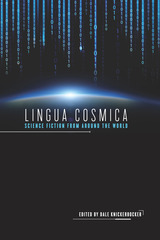
Lingua Cosmica
Science Fiction from around the World
Edited by Dale Knickerbocker
University of Illinois Press, 2018
Anthologies, awards, journals, and works in translation have sprung up to reflect science fiction's increasingly international scope. Yet scholars and students alike face a problem. Where does one begin to explore global SF in the absence of an established canon? Lingua Cosmica opens the door to some of the creators in the vanguard of international science fiction. Eleven experts offer innovative English-language scholarship on figures ranging from Cuban pioneer Daína Chaviano to Nigerian filmmaker Olatunde Osunsanmi to the Hugo Award-winning Chinese writer Liu Cixin. These essays invite readers to ponder the themes, formal elements, and unique cultural characteristics within the works of these irreplaceable—if too-little-known—artists. Dale Knickerbocker includes fantasists and genre-benders pushing SF along new evolutionary paths even as they draw on the traditions of their own literary cultures. Includes essays on Daína Chaviano (Cuba), Jacek Dukaj (Poland), Jean-Claude Dunyac (France), Andreas Eschbach (Germany), Angélica Gorodischer (Argentina), Sakyo Komatsu (Japan), Liu Cixin (China), Laurent McAllister (Yves Meynard and Jean-Louis Trudel, Francophone Canada), Olatunde Osunsanmi (Nigeria), Johanna Sinisalo (Finland), and Arkady and Boris Strugatsky (Russia). Contributors: Alexis Brooks de Vita, Pawel Frelik, Yvonne Howell, Yolanda Molina-Gavilán, Vibeke Rützou Petersen, Amy J. Ransom, Hanna-Riikka Roine, Hanna Samola, Mingwei Song, Tatsumi Takayuki, Juan Carlos Toledano Redondo, and Natacha Vas-Deyres.
[more]
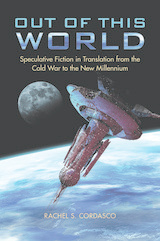
Out of This World
Speculative Fiction in Translation from the Cold War to the New Millennium
Rachel S. Cordasco
University of Illinois Press, 2021
The twenty-first century has witnessed an explosion of speculative fiction in translation (SFT). Rachel Cordasco examines speculative fiction published in English translation since 1960, ranging from Soviet-era fiction to the Arabic-language dystopias that emerged following the Iraq War. Individual chapters on SFT from Korean, Czech, Finnish, and eleven other source languages feature an introduction by an expert in the language's speculative fiction tradition and its present-day output. Cordasco then breaks down each chapter by subgenre--including science fiction, fantasy, and horror--to guide readers toward the kinds of works that most interest them. Her discussion of available SFT stands alongside an analysis of how various subgenres emerged and developed in a given language. She also examines the reasons a given subgenre has been translated into English.
An informative and one-of-a-kind guide, Out of This World offers readers and scholars alike a tour of speculative fiction's new globalized era.
[more]
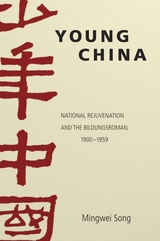
Young China
National Rejuvenation and the Bildungsroman, 1900–1959
Mingwei Song
Harvard University Press, 2015
The rise of youth is among the most dramatic stories of modern China. Since the last years of the Qing dynasty, youth has been made a new agent of history in Chinese intellectuals’ visions of national rejuvenation through such tremendously popular notions as “young China” and “new youth.” The characterization of a young protagonist with a developmental story has also shaped the modern Chinese novel. Young China takes youth as a central literary motif that was profoundly related to the ideas of nationhood and modernity in twentieth-century China. A synthesis of narrative theory and cultural history, it combines historical investigations of the origin and development of the modern Chinese youth discourse with close analyses of the novelistic construction of the Chinese Bildungsroman, which depicts the psychological growth of youth with a symbolic allusion to national rejuvenation. Negotiating between self and society, ideal and action, and form and reality, such a narrative manifests as well as complicates the various political and cultural symbolisms invested in youth through different periods of modern Chinese history. In this story of young China, the restless, elusive, and protean image of youth both perpetuates and problematizes the ideals of national rejuvenation.
[more]
READERS
Browse our collection.
PUBLISHERS
See BiblioVault's publisher services.
STUDENT SERVICES
Files for college accessibility offices.
UChicago Accessibility Resources
home | accessibility | search | about | contact us
BiblioVault ® 2001 - 2025
The University of Chicago Press


